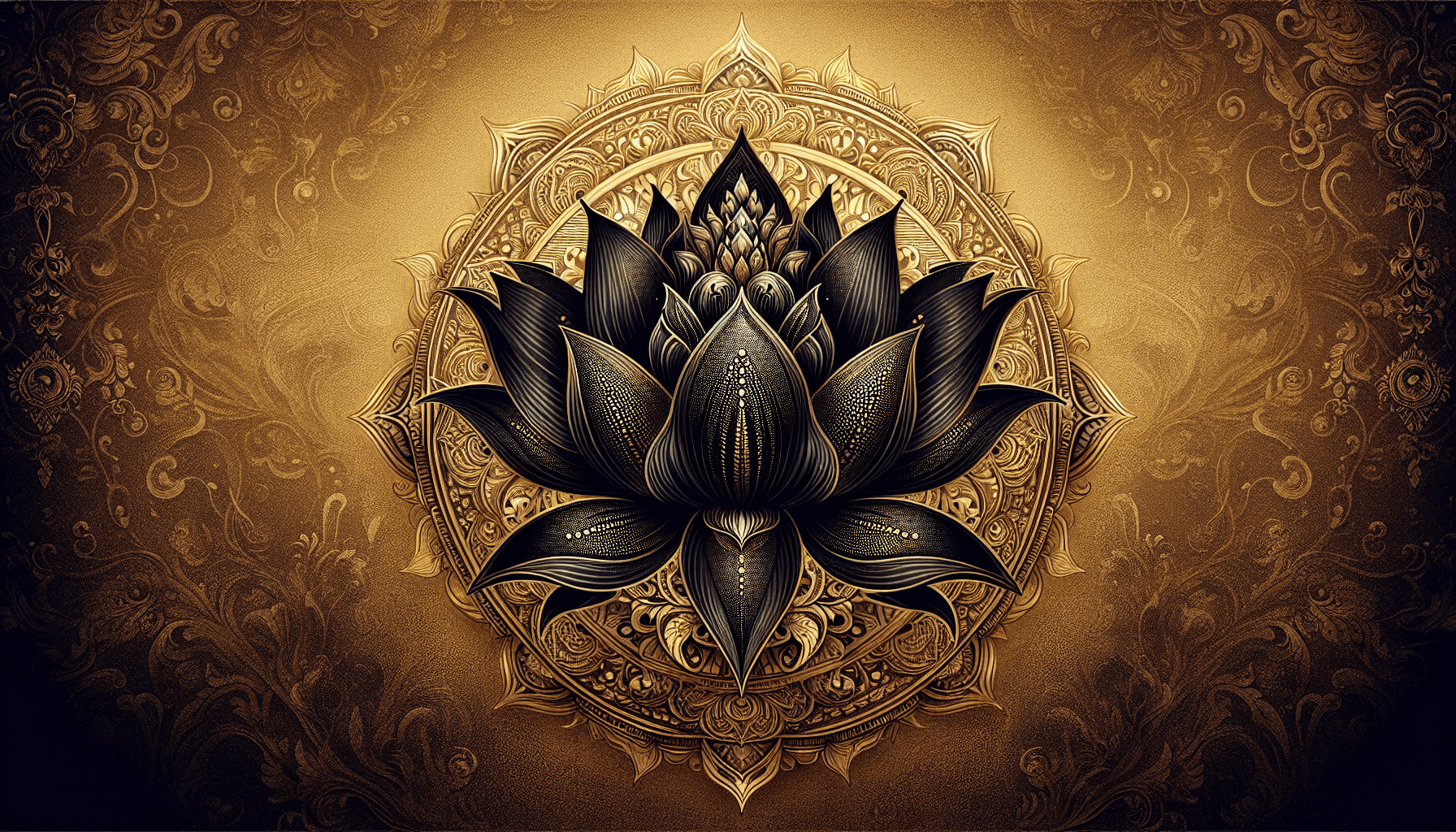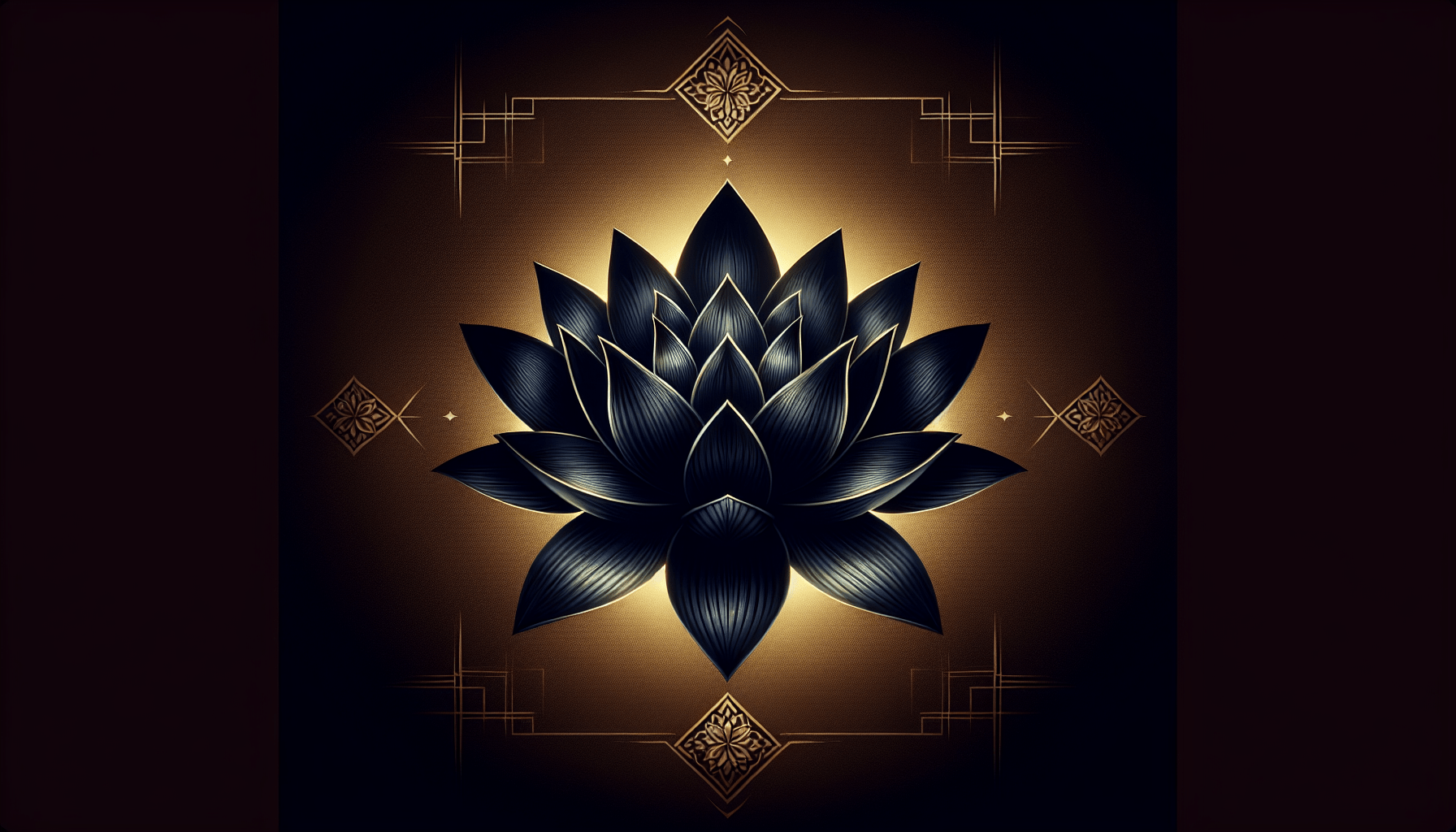Have you ever wondered why Lord Ram is depicted as black in the Ayodhya Temple? The answer lies in the mythology and legends surrounding this revered Hindu deity. In this article, we will explore the various theories and explanations behind the color of Lord Ram’s idol, shedding light on the significance and symbolism of this unique portrayal in the Ayodhya Temple. Prepare to uncover the fascinating reasons behind Ram’s black complexion and gain a deeper understanding of this beloved figure in Hindu mythology.

Table of Contents
Background of Ayodhya Temple
Ayodhya is a historically and culturally significant city in India, known for its association with Lord Ram, one of the most revered deities in Hinduism. The ancient city of Ayodhya is believed to be the birthplace of Lord Ram and is considered a sacred pilgrimage site for Hindus. The Ayodhya temple, dedicated to Lord Ram, is an iconic symbol of faith and devotion for millions of devotees worldwide.
Historical significance of Ayodhya
Ayodhya has a rich and ancient history that dates back thousands of years. According to Hindu mythology, Ayodhya was founded by Manu, the first man and the progenitor of humanity. The city later became the capital of the ancient kingdom ruled by the renowned king, Dasharatha, who was Lord Ram’s father.
Ayodhya is mentioned in several ancient texts, including the Ramayana and the Mahabharata, which highlight its cultural, religious, and historical significance. The city is believed to have flourished during the reign of Lord Ram and is closely associated with the events described in the Ramayana.
Construction of the Ayodhya Temple
The construction of the Ayodhya Temple is a testament to the deep-seated reverence and devotion towards Lord Ram. The original temple is believed to have been built in the ancient times, but it faced destruction and reconstruction several times throughout history.
The present-day temple, known as the Ram Janmabhoomi Temple, stands at the site believed to be the birthplace of Lord Ram. The construction of the temple was a matter of great controversy and legal disputes for several years. Finally, in 2020, the Supreme Court of India ruled in favor of constructing a grand temple dedicated to Lord Ram at the disputed site.
Depictions of Ram in Hinduism
As one of the most revered deities in Hinduism, Lord Ram has been depicted in various forms and artistic styles throughout history. These depictions play a crucial role in shaping the perception and understanding of Lord Ram’s divine attributes among devotees.
Traditional portrayal of Ram
Traditionally, Lord Ram is depicted as a fair-skinned deity with a radiant and serene countenance. He is often shown holding a bow and arrow, representing his prowess as a warrior and his commitment to upholding righteousness. Lord Ram’s iconic depiction exudes an aura of divinity and transcendence, capturing the essence of his divine nature.
Variations in Ram’s depiction
While the traditional portrayal of Lord Ram is widely recognized, there are variations in his depiction across different regions and artistic traditions. In some regions, Lord Ram is depicted as having a blue complexion, emphasizing his divine nature and linking him to other deities like Lord Krishna. These variations in color serve to highlight different aspects of Lord Ram’s persona and divine attributes.
Significance of Color in Hinduism
Color holds immense symbolism and significance in Hinduism, often representing various emotions, virtues, and divine energies. Understanding the symbolism of colors helps deepen one’s appreciation for the spiritual aspects associated with different deities and rituals.
Symbolism of colors
In Hinduism, colors are considered an essential means of communication with the divine. Each color is associated with specific qualities and energies that evoke different emotional and spiritual responses. For example, saffron symbolizes purity and sacrifice, while red represents power and passion.
Color associations with deities
Colors are also used to distinguish and identify different deities in Hindu mythology. Lord Ram is traditionally associated with the color blue, which represents divinity, transcendence, and a connection to the divine realm. The blue color highlights Lord Ram’s eternal nature and his embodiment of divine virtues.
Theories behind Ram’s Black Color
The black color of Lord Ram, specifically in the Ayodhya temple, has intrigued scholars and devotees alike. Several theories and interpretations attempt to explain the symbolism and significance of this unique portrayal.
Religious beliefs and explanations
Some religious beliefs and interpretations suggest that Lord Ram’s black color represents his deep connection with Mother Earth and his role as the protector of dharma (righteousness). The color black is often associated with power, strength, and mystery, all of which are integral aspects of Lord Ram’s divine persona.
Historical interpretations
Other theories propose that Lord Ram’s black color in the Ayodhya temple is inspired by ancient artistic traditions and the historical context of the region. Temples across India often adopt regional variations in depicting deities, influenced by the local culture, artistic styles, and historical events.
Cultural influences
Cultural influences also play a significant role in shaping religious practices and iconography. The depiction of Lord Ram’s black color in the Ayodhya temple could be influenced by the cultural traditions and beliefs prevalent in the region. It may represent a unique cultural interpretation of Lord Ram’s divine attributes and his connection with the local community.

Divine Stories and Legends
The rich mythology surrounding Lord Ram is filled with divine stories and legends that highlight his exceptional character and his impact on the world.
Ram’s divine interventions
Lord Ram is revered for his numerous divine interventions in the epic Ramayana. From defeating powerful demons to rescuing his wife, Sita, from the clutches of the demon king Ravana, Lord Ram’s actions are believed to be driven by his unwavering commitment to righteousness and his divine purpose.
Sita’s sacrifice
The story of Lord Ram’s wife, Sita, and her sacrifice is an integral part of the Ramayana. Sita’s unwavering devotion and her willingness to undergo immense hardships and trials for Lord Ram’s sake exemplify the ideals of love, loyalty, and sacrifice. Her story serves as a source of inspiration and guidance for devotees seeking to emulate her virtues in their own lives.
Influence of Ram’s actions
The actions and teachings of Lord Ram have had a profound impact on society and continue to inspire millions of devotees worldwide. Lord Ram’s unwavering adherence to truth, justice, and dharma has influenced moral principles, societal norms, and the practice of righteous governance. His story serves as a moral compass, guiding individuals on the path of righteousness and virtue.
Iconography in Ayodhya Temple
The Ayodhya Temple features intricate and detailed iconography, which serves as a visual representation of Lord Ram’s divine attributes and qualities.
Iconic representation of Ram
The idol of Lord Ram in the Ayodhya Temple symbolizes his divine presence and serves as a focal point for devotees to offer their prayers and express their devotion. The idol is often depicted in a seated or standing posture, adorned with divine ornaments and accompanied by his divine consort, Sita, and devoted devotee, Hanuman.
Materials and techniques used
The iconography in the Ayodhya Temple is crafted using various materials and techniques, emphasizing the attention to detail and the artistic mastery involved. The idols are generally made of stone or metal, carved with precision and skill to capture the essence of Lord Ram’s divine form. Intricate paintings and carvings adorn the temple walls, narrating the stories of Lord Ram and his divine journey.
Historical references in iconography
The iconography in the Ayodhya Temple draws inspiration from ancient texts and the collective imagination of devotees throughout history. It incorporates elements and symbols that hold deep historical and cultural significance, creating a visual representation that evokes reverence and deep spiritual connection.
The Essence of Black Color
The color black holds profound philosophical connotations, symbolizing mystery, formlessness, and the infinite potential of existence. Understanding the essence of black color helps shed light on Lord Ram’s portrayal as a black deity in the Ayodhya temple.
Philosophical connotations of black
In Hindu philosophy, black represents the unmanifested, the primordial void from which all creation arises. It symbolizes the formless and the limitless, signifying the transcendence of the material world and the boundless nature of the divine.
Associations with power and mystery
Black is often associated with power, authority, and enigma. It represents the cosmic forces that govern the universe and possesses an inherent aura of mystery and intrigue. By portraying Lord Ram as a black deity in the Ayodhya temple, devotees are reminded of his divine power and the mysteries of the cosmic order he embodies.
Religious and Cultural Beliefs
The black color of Lord Ram holds deep-rooted religious and cultural beliefs that have shaped the devotion and practices of millions of devotees over the centuries.
Devotion and faith
Devotees hold deep reverence and faith in Lord Ram, irrespective of his portrayal as a black deity. The color black is seen as a manifestation of the divine and serves as a focal point for devotees to offer their prayers and seek blessings. The devotion towards Lord Ram transcends the physical appearance and dives into the depth of one’s faith and connection with the divine.
Religious practices and rituals
Religious practices and rituals associated with Lord Ram often incorporate the symbolism of black color. Devotees may wear black attire or use black flowers and decorative elements in their worship ceremonies to evoke a sense of reverence and spiritual connection with Lord Ram. These practices help create a sacred and devotional atmosphere, enhancing the spiritual experience of devotees.
Interpretations and Controversies
The portrayal of Lord Ram as a black deity in the Ayodhya temple has sparked various interpretations and controversies among scholars and devotees alike.
Different perspectives on Ram’s black color
Scholars have different views on the symbolism of Lord Ram’s black color. Some interpret it purely as a poetic depiction, emphasizing his divine nature and transcendent power. Others delve deeper into the philosophical and cultural connotations of black, suggesting a connection to Lord Ram’s cosmic role and his embodiment of primordial energy.
Controversial interpretations
Controversies have arisen regarding the portrayal of Lord Ram’s black color, with some questioning its authenticity and adherence to traditional iconography. However, devotees argue that the focus should be on the spiritual essence conveyed by the depiction, rather than the literal interpretation of the physical appearance.
Debates among scholars
The portrayal of Lord Ram’s black color has been a subject of scholarly debates, with differing opinions based on historical, artistic, and religious perspectives. These debates not only add to the discourse surrounding Lord Ram’s depiction in the Ayodhya temple but also enrich the understanding and appreciation of the multifaceted aspects of his divine persona.
Modern Ayodhya Temple and Worship
The modern Ayodhya Temple, also known as the Ram Janmabhoomi Temple, stands as a testament to the unwavering faith and devotion of millions of devotees.
Restoration and renovations
The temple underwent various stages of destruction and reconstruction throughout history, with the latest restoration completed in 2020. The current temple architecture reflects a blend of traditional and modern elements, emphasizing the grandeur and sanctity of the sacred site.
Influence on contemporary religious practices
The Ayodhya Temple’s construction has reinvigorated religious practices and rituals associated with Lord Ram. Pilgrims from all over the world flock to the temple to seek the blessings of Lord Ram and immerse themselves in the devotional atmosphere. The temple serves as a center for spiritual awakening, cultural exchange, and the preservation of age-old traditions associated with Lord Ram.
In conclusion, the black color of Lord Ram in the Ayodhya temple holds deep religious and cultural significance. It symbolizes the divine power, transcendence, and mystery associated with Lord Ram’s persona. The portrayal of Lord Ram as a black deity evokes reverence, awe, and a deep spiritual connection among devotees. The Ayodhya Temple stands as a testament to the unwavering faith and devotion of millions, serving as a sacred pilgrimage site and a symbol of religious harmony and cultural heritage.